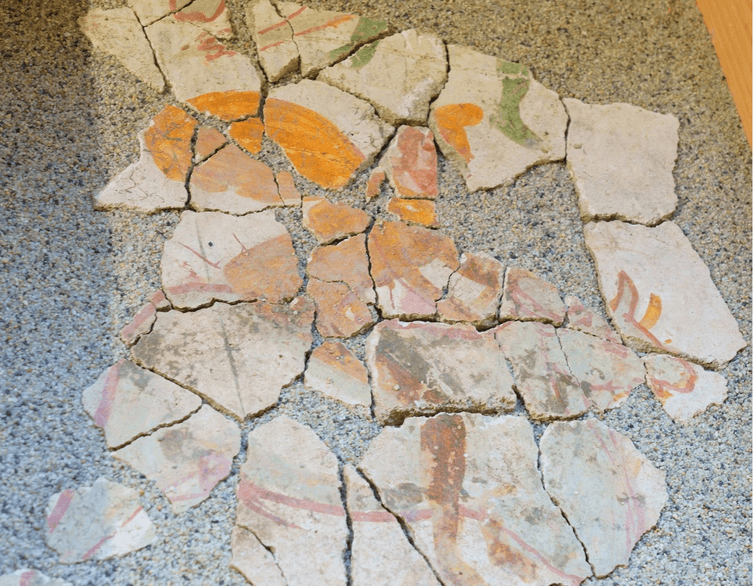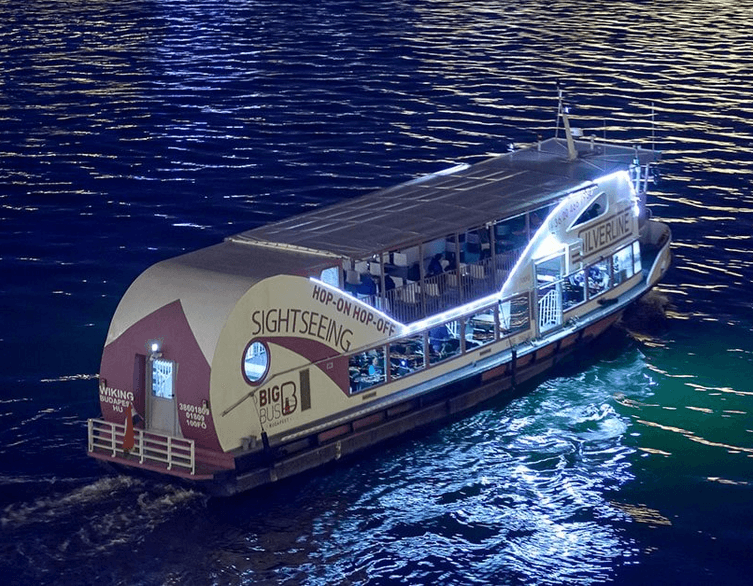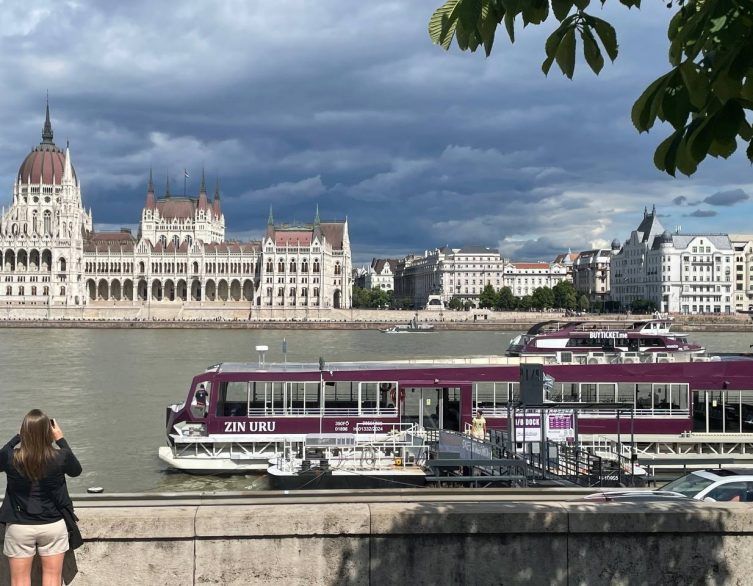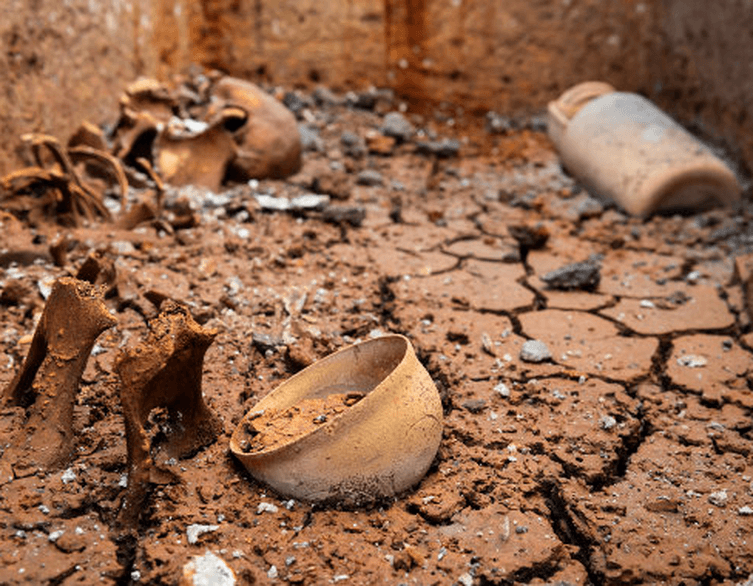Discovering Ancient Mysteries: The Mithras Sanctuary Unearthed in Budapest’s Aquincum

If you think Budapest is just about thermal baths, ruin bars, and grand architecture, prepare to add “Roman mystery cults” to your list of must-see attractions. In the heart of Óbuda, archaeologists recently uncovered an astonishing piece of ancient history: the first known Mithras sanctuary in the military town of Aquincum. For foreign tourists eager to experience the city’s rich and layered past, this discovery is a rare invitation to step into the enigmatic world of Roman religion—right in modern Budapest.
A Hidden Gem Emerges from the Depths
The story begins in the autumn of 2023, when construction workers at the future Waterfront City residential complex stumbled upon something extraordinary several meters below street level. What they found was no ordinary ruin, but the remains of an 1,800-year-old Roman sanctuary dedicated to Mithras—a deity whose cult was once a favorite among Roman soldiers stationed far from home. Until this discovery, no Mithras shrine had ever been found in Aquincum’s military district, making this site a true archaeological milestone for Budapest.
The sanctuary’s remains were carefully excavated by the Budapest History Museum’s expert team, who used cranes to lift the crumbling walls in sections. This high-tech approach ensures that the ancient structure will be preserved for future generations, rather than being lost beneath the city’s relentless urban development. The ruins are now safely stored in a climate-controlled facility, awaiting their next chapter.
Best deals of Budapest
What Did Archaeologists Find?
The Mithras sanctuary’s excavation revealed a treasure trove of Roman artifacts, each offering a tantalizing glimpse into the daily life and spiritual world of Aquincum’s ancient inhabitants. Among the discoveries were oil lamps, pottery fragments, and even dice and game pieces—evidence that Roman soldiers enjoyed a bit of leisure time alongside their religious rituals. Particularly intriguing are the altars with traces of stucco and paint, including one inscribed with the word “TRANSITO,” a dedication unique to the Mithras cult.
Other finds include a lead votive depicting figures in Phrygian caps, a three-wick oil lamp placed beneath the skull of a domestic animal, and fragments of a stone bowl. Perhaps most evocative are the pieces of fresco that once adorned the sanctuary’s walls. When reassembled, these painted fragments revealed the portrait of a man—possibly Mithras himself—his features frozen in time for nearly two millennia.
The Significance of Mithras and His Cult
So who was Mithras, and why did his followers go to such lengths to honor him? Mithraism was one of the Roman Empire’s most widespread mystery religions, especially popular among soldiers. The cult’s rituals were shrouded in secrecy, but we know they involved elaborate ceremonies, symbolic meals, and the famous image of Mithras slaying a bull—a scene believed to represent the triumph of good over evil.
Mithraic sanctuaries, known as mithraea, were typically built underground or in secluded locations, creating an atmosphere of mystery and exclusivity. The newly discovered sanctuary in Aquincum fits this pattern perfectly, having been hidden several meters below the modern city. The site was likely renovated at least once before being abandoned after the Sarmatian invasion of 260 AD, when the area’s population dwindled and the roof of the sanctuary eventually collapsed, sealing its secrets underground.
Preserving the Past for the Future
What makes this discovery even more exciting for visitors is the commitment to making it accessible. Thanks to a unique collaboration between archaeologists and the property developer, the sanctuary will eventually be returned to its original location—this time in a specially designed protective building, surrounded by landscaped parks. The plan is for the Mithras sanctuary to open to the public in 2027, transforming it into a freely accessible cultural destination that adds a new dimension to Budapest’s already impressive array of historical sites.
This initiative is about more than just bricks and mortar; it’s about preserving cultural heritage and fostering a sense of shared identity. As László Csorba, director of the Budapest History Museum, put it, safeguarding historical values is essential for building a meaningful civic community. Gábor Kutasi, development director at Biggeorge Property, echoed this sentiment, emphasizing the importance of protecting and showcasing such significant archaeological finds.
A New Chapter for Aquincum and Budapest
For those planning a visit to Budapest, the Aquincum Museum and Archaeological Park in Óbuda is already a highlight, offering a fascinating journey through the city’s Roman past. With the addition of the Mithras sanctuary, this area is set to become an even more compelling destination for history lovers and curious travelers alike. The sanctuary will not only enrich the city’s cultural landscape but also provide a rare opportunity to connect with the mysterious world of Roman soldiers and their secret rites.
So, whether you’re a seasoned history buff or simply looking for a unique way to experience Budapest, keep an eye on the unfolding story of the Mithras sanctuary. By 2027, you’ll be able to step into a space where ancient mysteries come alive—right in the heart of Hungary’s vibrant capital. If you can’t wait to discover what life for the Romans was in the Budapest area, visit the Aquincum Museum and Archaeological Park!
Aquincum Museum: Opening Hours During the Easter Holiday
Aquincum, the ancient Roman city in Budapest’s Óbuda district, is a must-see for visitors fascinated by history and archaeology. The Aquincum Museum, which showcases the city’s remarkable Roman heritage—including the recent discovery of the Mithras sanctuary—remains especially welcoming during the Easter holiday.
For the 2025 Easter long weekend, the Aquincum Museum will be open every day, including Good Friday, Holy Saturday, Easter Sunday, and Easter Monday. Exhibition halls are accessible from 10:00 AM to 6:00 PM, while the Archaeological Park opens its gates from 9:00 AM to 6:00 PM. The last entry is at 5:30 PM, with closing procedures beginning at 5:40 PM. As a special treat, on Friday, April 18th—International Day for Monuments and Sites—admission to the museum is free, making it the perfect time to explore Aquincum’s ancient wonders and enjoy a unique cultural experience during your Budapest holiday
Related news
Related events
Related attractions



















